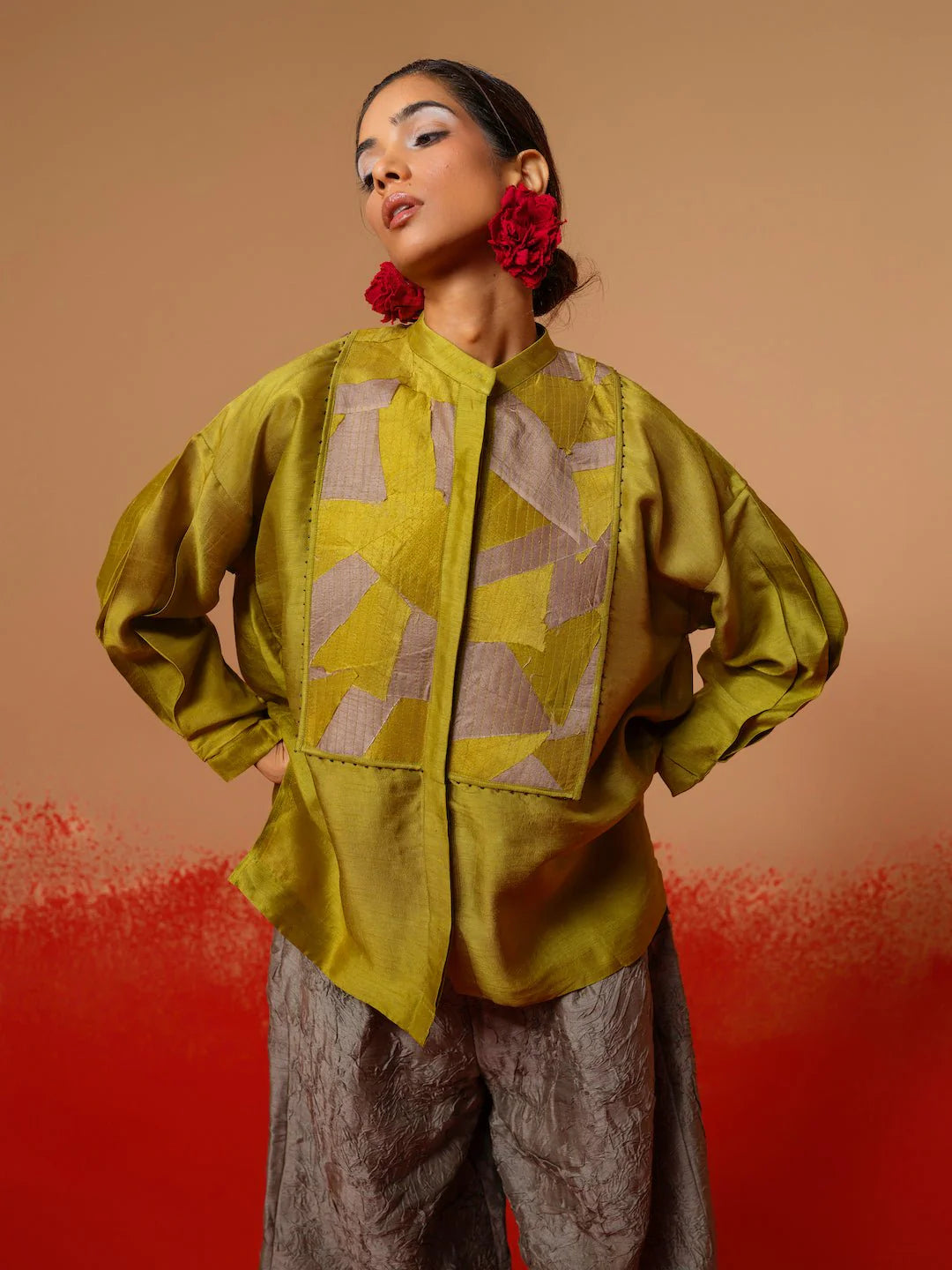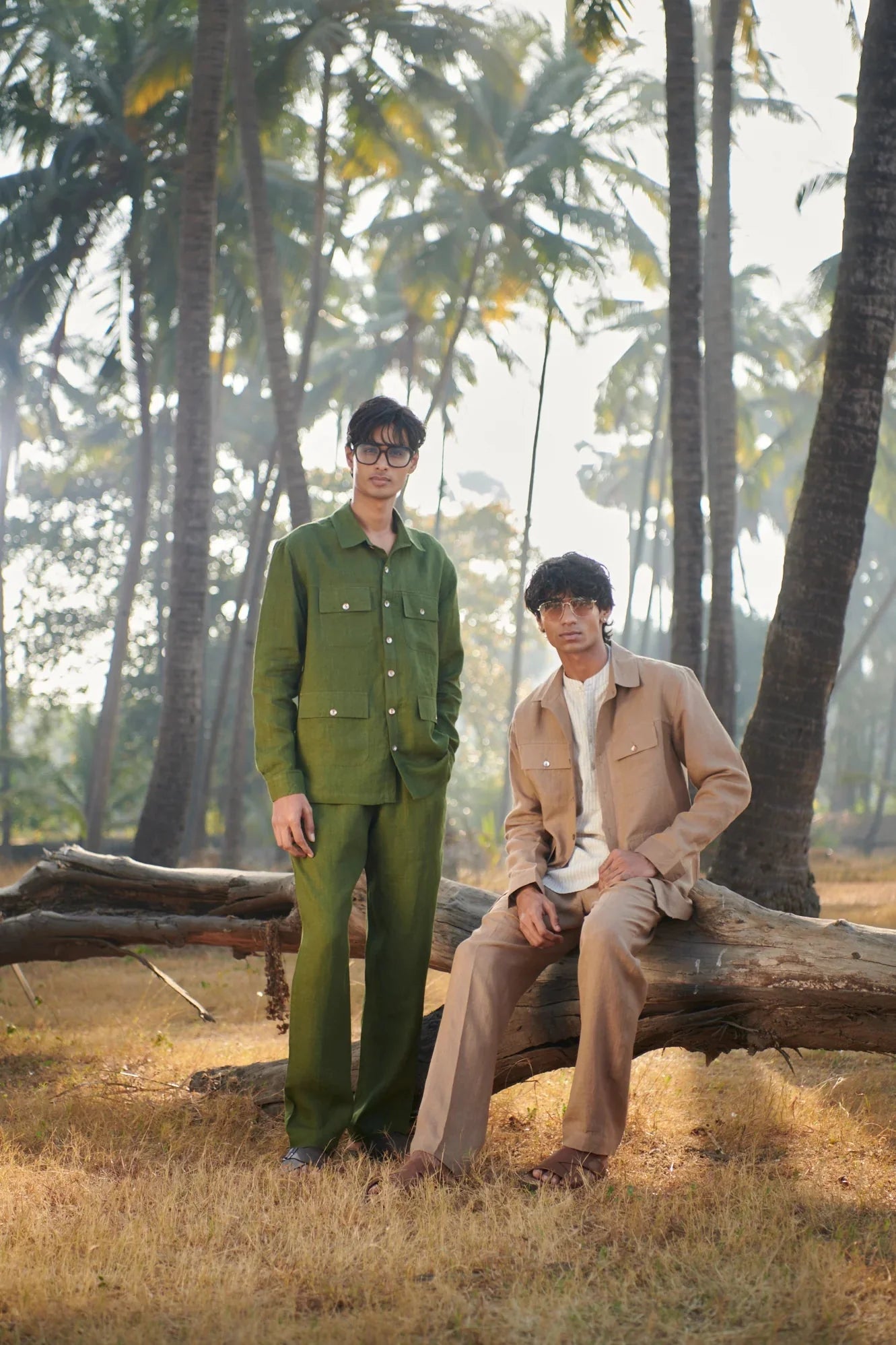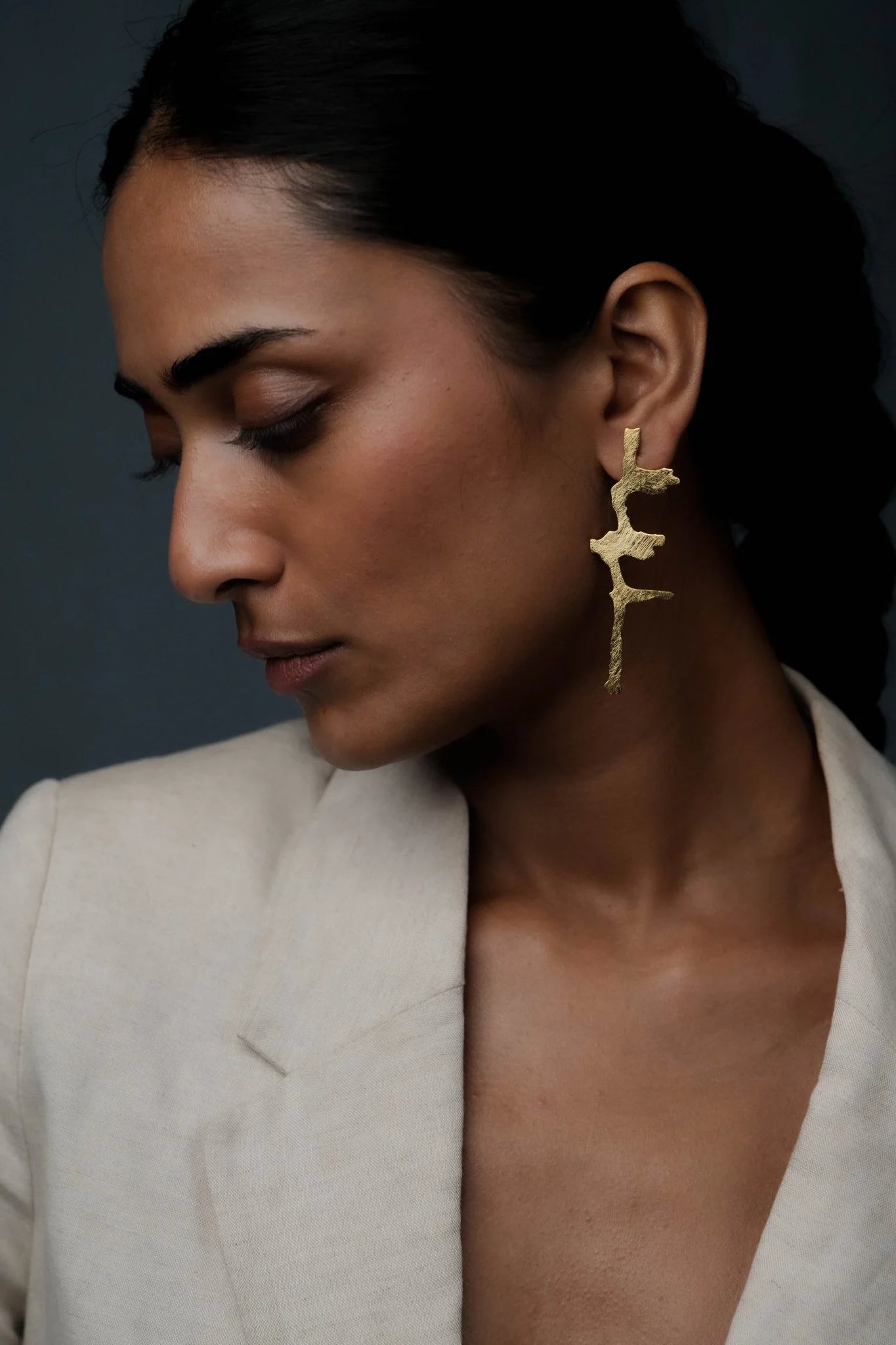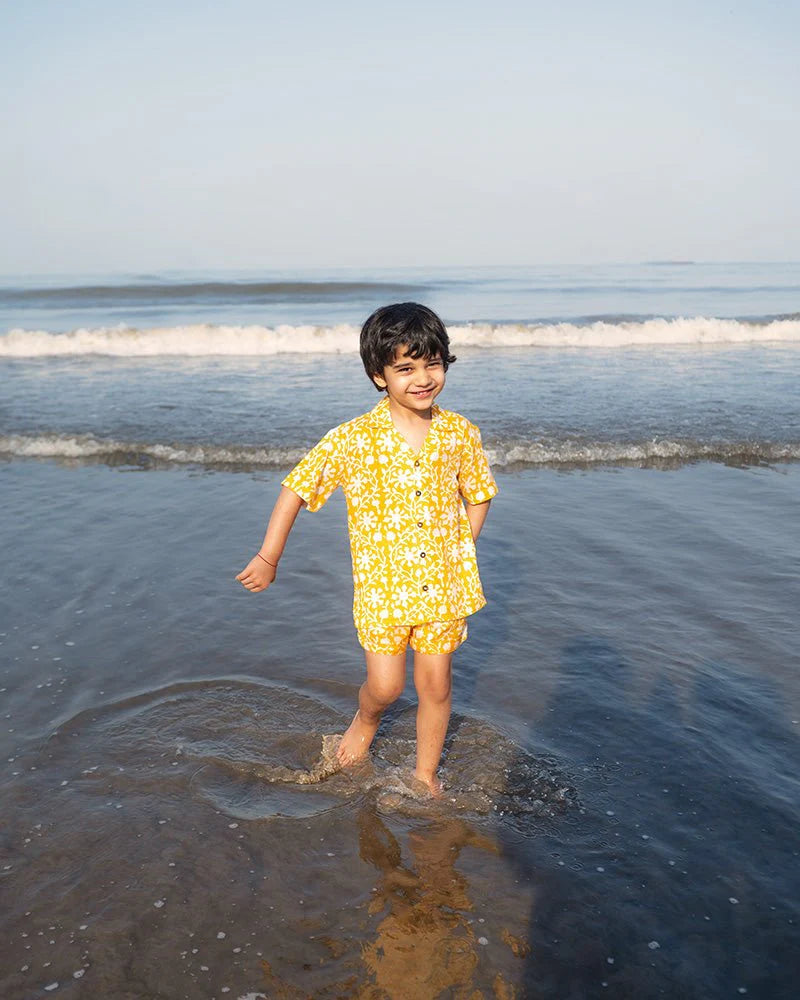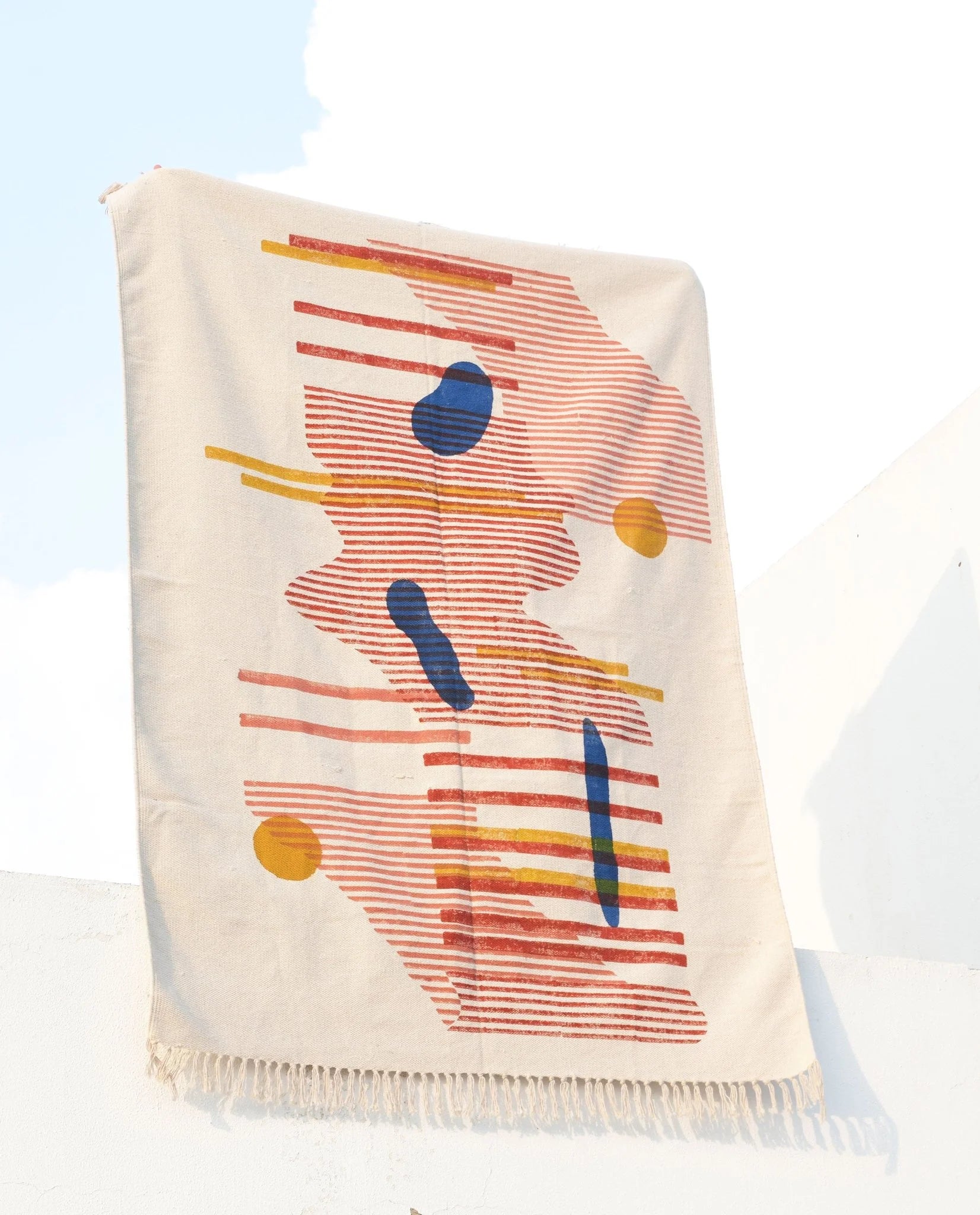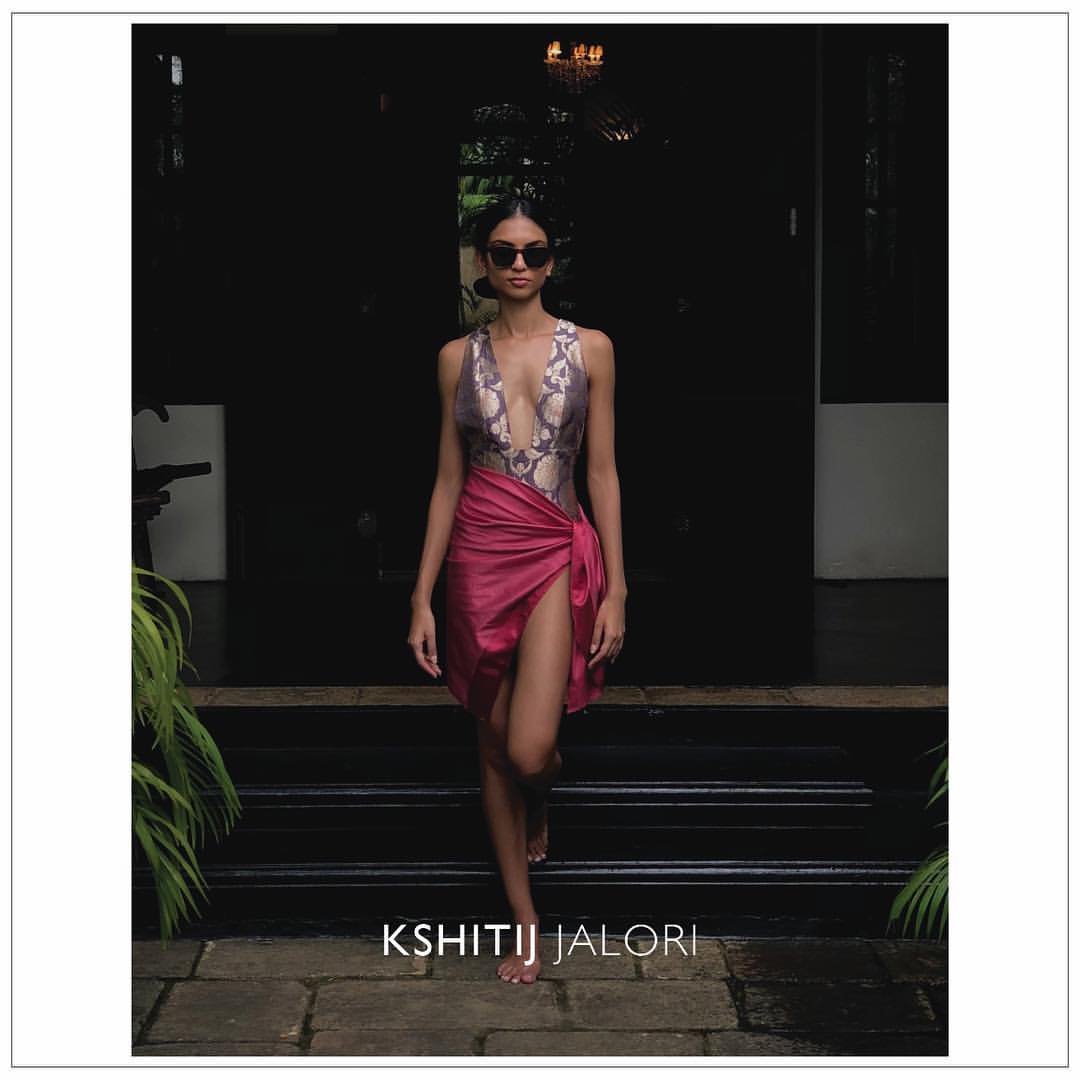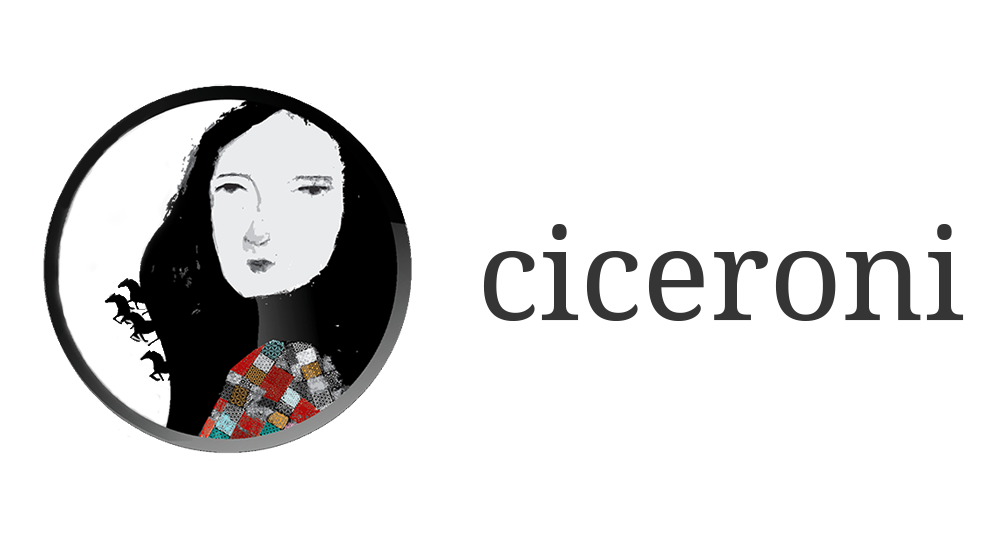“Banaras is older than history, older than tradition, older than legend and looks twice as old as all of them put together” quoted Mark Twain while speaking of the oldest pilgrimage city of India.

Known for its heritage Banarasi brocades, Banaras even today has a deep rooted connection to the Mughal era with the ancient motifs and the handwoven gold and silver threads that became popular with the reigning emperors of the historical period.
Today, proponents of Indian crafts and textiles have given this timeless textile a contemporary and modern update to preserve the intricate weave and keep it relevant to the fast-moving world of fashion where it’s difficult to find something classic and unique.
Ciceroni had an exclusive interaction with this new age “preservationist” Kshitij Jalori whose eponymous label adds a touch of minimalism and sophistication to the ancient Banarasi weaves.
From being a resident of the famous Mughal city-Ajmer to having interned and worked with the likes of Rta Kapur Chishti, Sabyasachi, Pero and Shades of India to dressing up Oprah Winfrey for Elle India’s 22nd Anniversary, Kshitij Jalori has travelled in time and distance to be where he is today.
Kshitij Jalori is adored by many renowned stylish personalities like PV Sindhu, Kalki Koechlin , Karishma Kapoor, Bhumi Pednekar and Malaika Arora Khan to name a few.
C: Hailing from a business family, what drew you to textile designing?
KJ: As a young kid, I was keenly interested in art and sketching. My sketches and drawing were an exact copy of what I saw on TV. My father has been instrumental in bringing out my creative skill sets. I got closer to the field of creative arts when I joined Mayo College in Ajmer. From hand-painting to creating artworks, I have translated my skills to my collection.
C: Did you always envision yourself as a textile designer?
KJ: When I was preparing for my NIFT entrance exams, I hardly had any knowledge about Indian crafts and textiles. I always wanted to pursue fashion designing. However, textile happened due to grades and I am glad it did.
C: You have worked with some of the most renowned designers and brands from across the fashion fraternity, how has each one influenced you in moulding your personality?
KJ: After NIFT Delhi, I chose my internships carefully. I always wanted to understand fashion better. Working with each designer was an altogether different experience and the whole environment was very different in each case. Be it Pero, Shades of India or Sabyasachi.
My first tryst with textile happened back in college when I visited Bagru to document the craft clusters and their work with block printing. Post that, I worked with Aneeth Arora – Founder of Pero where I documented the Ponduru craft cluster; she used the documentation to create her Indigo collection in 2012. Also, working with Rta Kapur Chisti gave me an access to some of the best textiles. She had done the VishwaKarma Exhibition and in the one year that I spent working with her I studied the structures of textiles, the density of fabric required to make a garment and the yarns that later helped me when I was wanting to start my own line.
C: What motivated you to start your own label?
KJ: When I was in college, Emporio opened in Delhi, bringing with it brands like Gucci and Prada. I wondered why designer that made such well-cut and structured garments never used Indian fabrics. I always wondered why Indian textiles were always restricted to a very wedding and traditional market. I began my label in 2018 to address that gap where modernity and textiles joined hands.
C: You are known for your textile innovations. Can you tell us more about it?
KJ: I do a pashmina brocade, fusing the dupatta and the shawl. It’s still brocade, but with pashmina yarn. In my very first collection “Coromandel Colony”, I created ensembles with kadhwa technique and chintz roots. Gul Bulbul on the other hand had tanchoi and the collection was inspired from the 13th Century Persian artwork that depicted the story of the bulbul and the rose.
My latest collection – ‘Moulin Rouge’ at the Lakme Fashion Week Winter/Festive 2019 is inspired by the art deco movement of the 20’s. The distinguishing features are simple clean shapes with a streamlined look focusing on architectural details and giving rise to ‘ARCO’ series of clothing. A whole new opulence and extravagance that defined the Jazz Age is captured through statement embroidered motifs, exotic florals and animals in exuberant shapes in a symmetrical order. Each of my collection has diverse weave detailing.
C: What was the inspiration behind your collection of Brocade swimsuits?
KJ: I was just trying to push the boundary. I wanted to show that brocades need not be limited to weddings lehengas and kurtas; we could also wear them in the form of suits and jackets and how one can approach Indian fabrics in a global way. It was not a functional swimsuit that I created but several clients picked it up because they wanted to sun bathe in a brocade swimsuit.
From creating statement brocade power-suits to versatile and classic Banarasi sarees, Kshitij is one of those textile designers who constantly pushes the envelope to stay relevant but also stays deeply rooted to his Indian roots.
Kshitij Jalori showcased his Lakme Fashion Week Winter/Festive 2019 collection in Ahmedabad for the very first time at the Style Audit Pop Up – A Tryst with Tradition hosted by Jaina Lal Bhai at The Bohemian.

